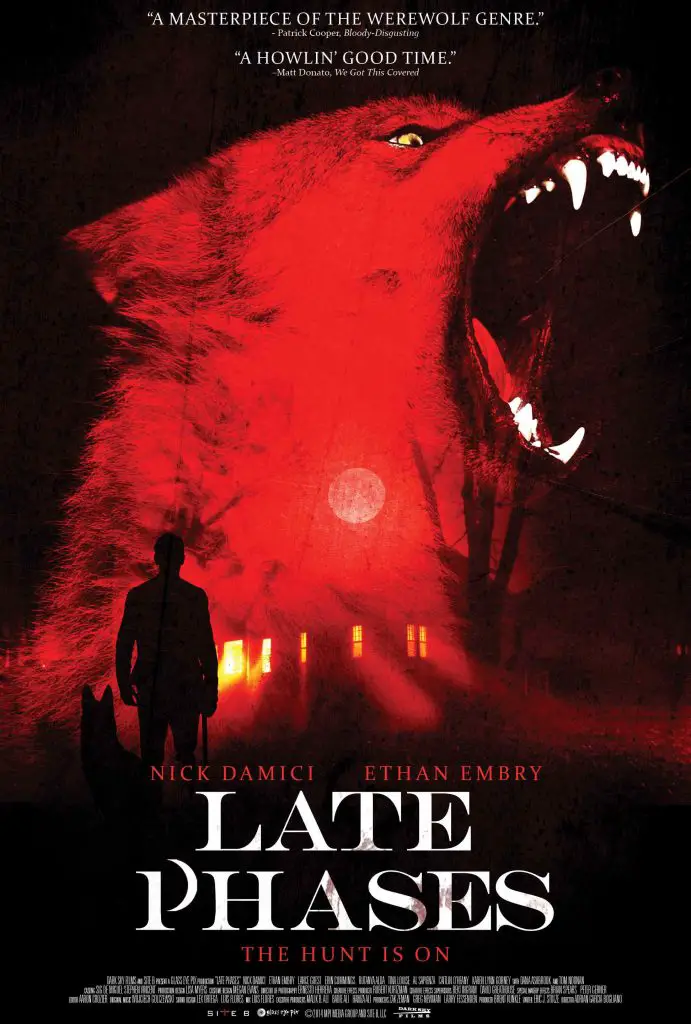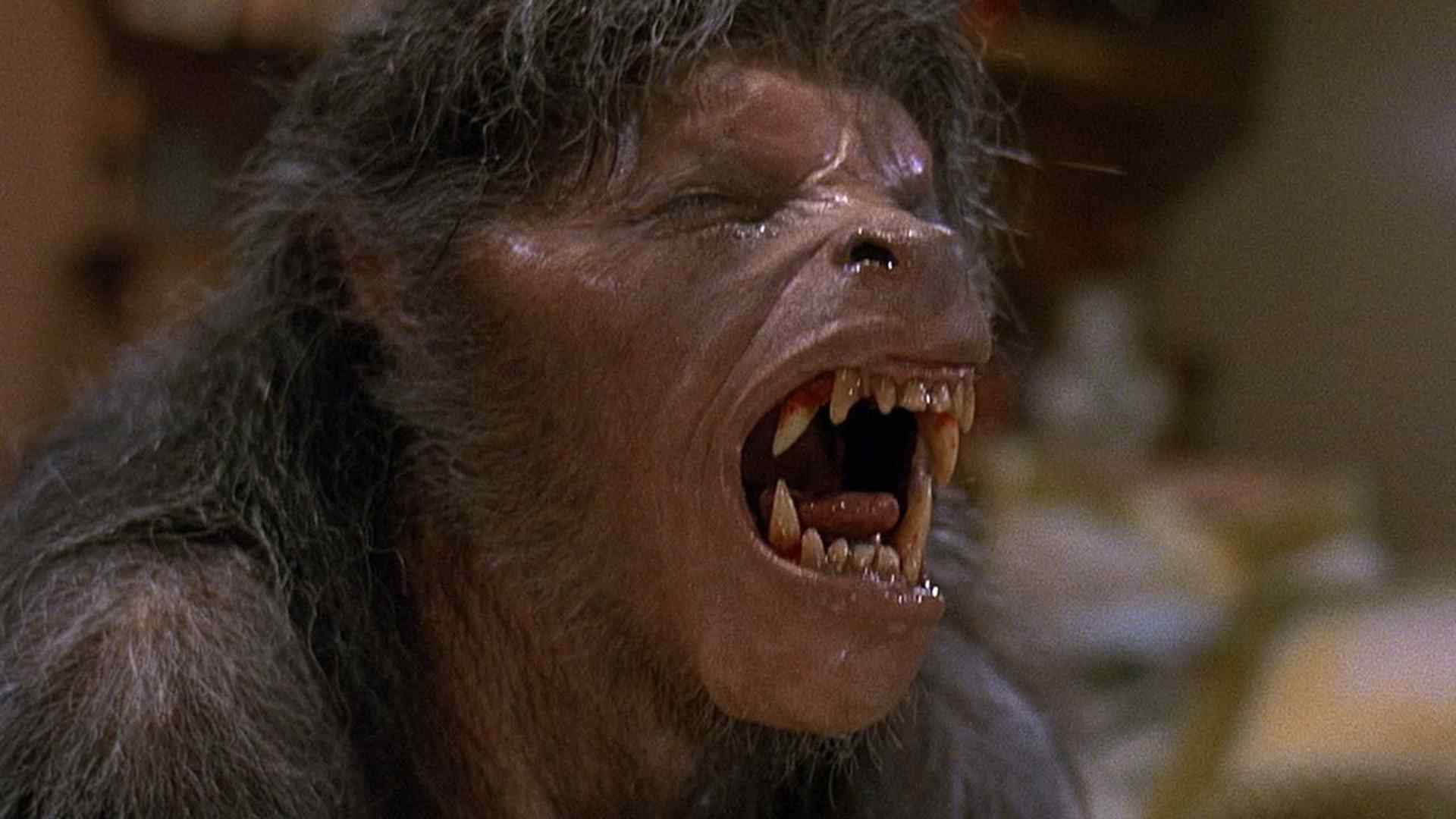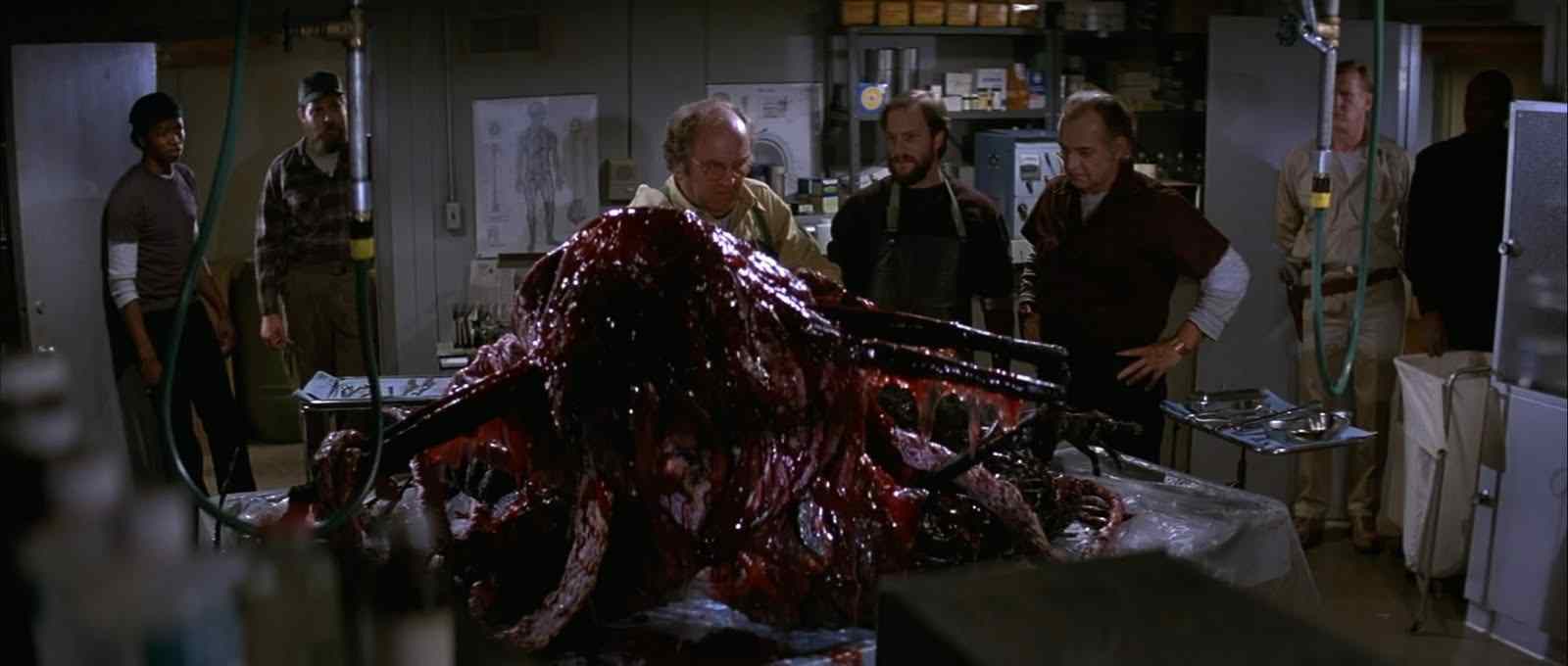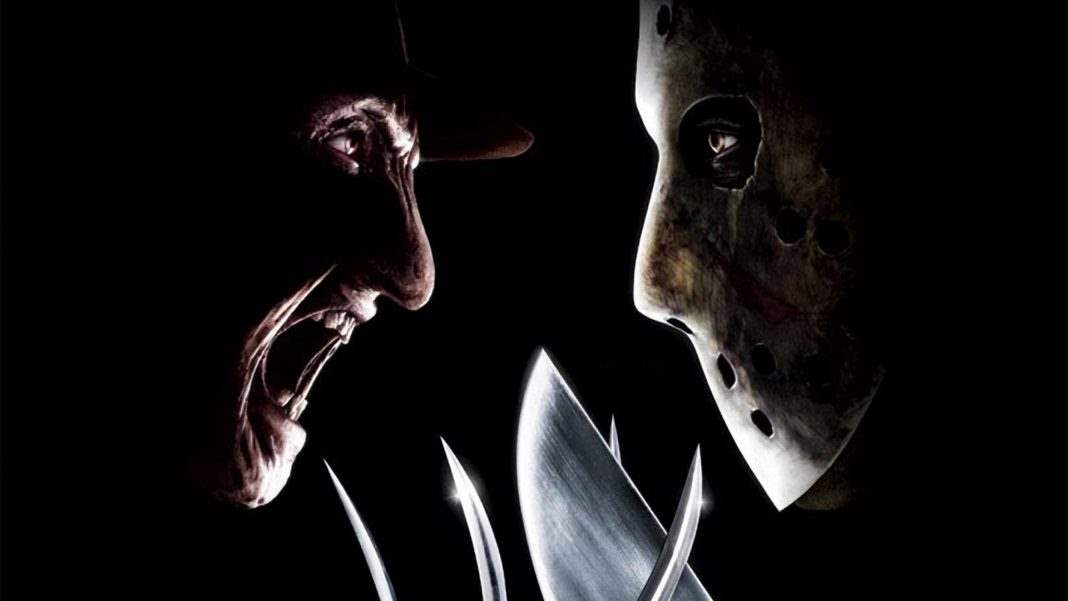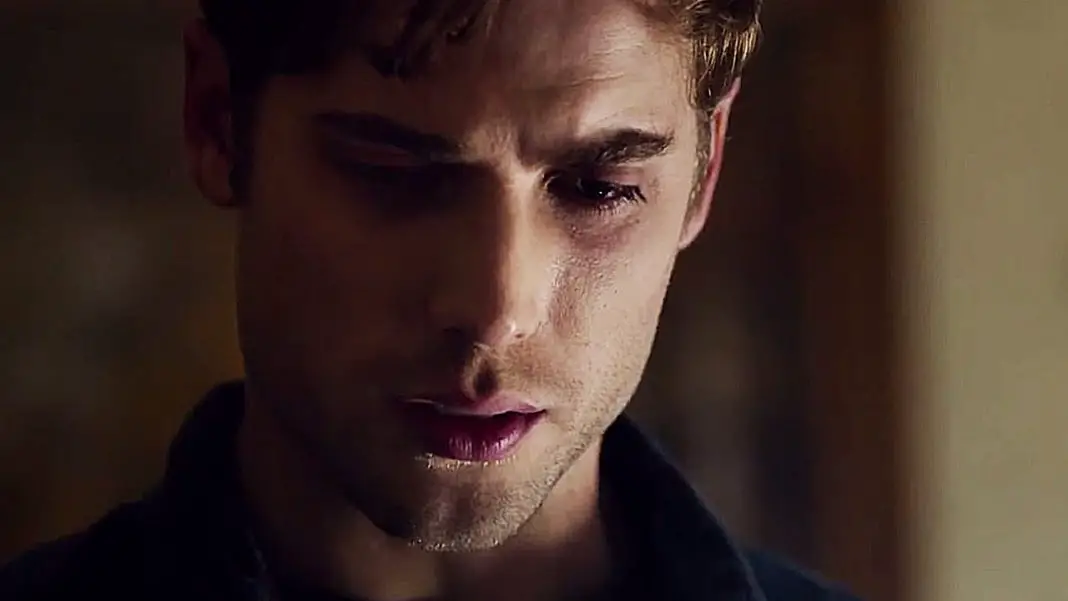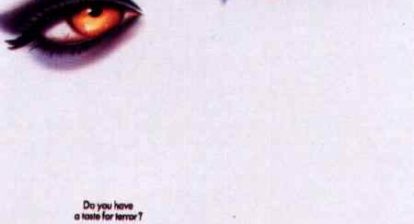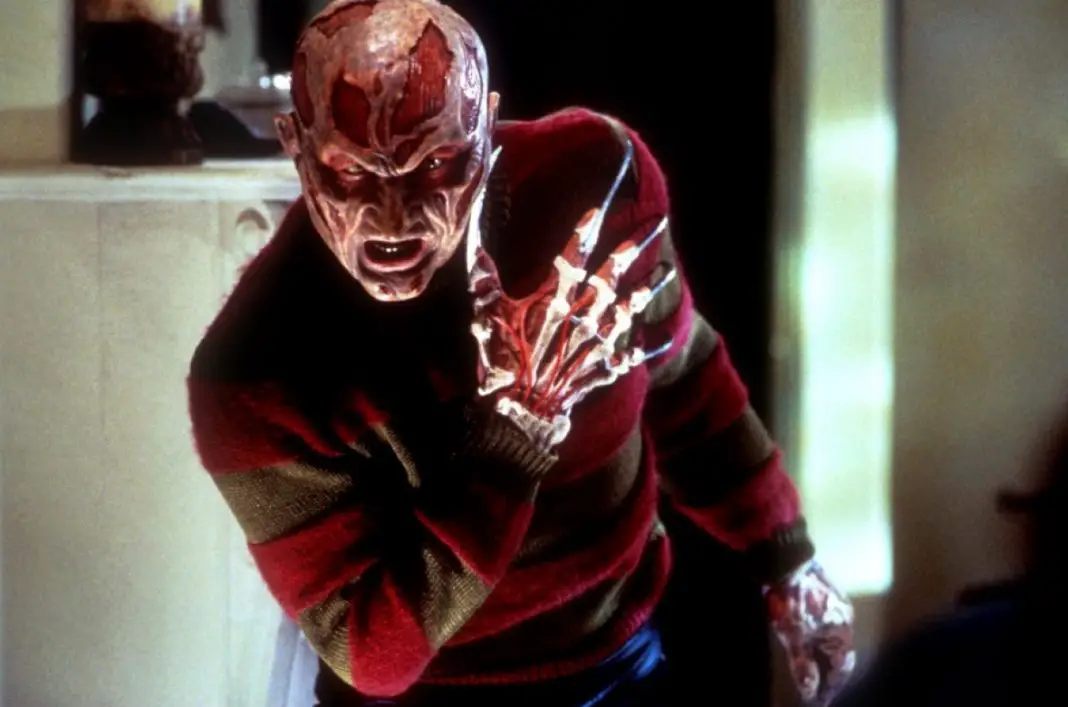In the 1980’s, makeup effects artists like Tom Savini, Stan Winston, Dick Smith, Kevin Yagher, Rick Baker and Rob Bottin were the superstars of the industry. In the 1990’s, it was KNB. Young readers of magazines like Fangoria idolized these people and wanted to do what they did. They were the headliners at conventions and were recognizable names to fans and considered just as deserving of the “master of horror” title as directors like John Carpenter and Wes Craven.
Sadly, that’s not the way it is anymore. FX artists are no longer idolized by the bulk of horror fans and are glad just to be working, to still have new things to create. It’s tough to say where things changed, although it would be easy to simply say that it was the rise of digital technology.
That certainly has something to do with it, although practical FX artists have found a proper marriage between the two formats in many different cases. Guillermo Del Toro is a director who has always excelled at blending together practical and digital effects rather seamlessly. They are different tools that serve different purposes, and they can work well together unless one is taking work away from the other.
So, while it’s easy to blame CGI, it can’t take the full blame. Instead, we have to look at the other ways the genre has changed in that time. Probably the biggest difference is distribution. In the 1980’s and 1990’s everything was either theatrical or straight to video. It seems strange that there would be a way to blur the lines between the two, but now that’s all we have. Things that fall into a weird gray area. Maybe they have a limited release, maybe they have a simultaneous theatrical/DVD/Blu-Ray/VOD release, or—and this is quickly becoming the most common—maybe they just go directly to streaming. The whole concept of the distribution model is changing. You wouldn’t think this would have an effect on, well, effects, but it does.It has an effect on the fans and the horror community as a whole. The horror filmswith the most impressive practical effects work aren’t generally the ones hitting mainstream theaters. On the surface, it seems good that there are so many horror films hitting so many platforms at once, but it actually makes it much harder to track down a specific movie. Because of this, even when a new horror showcases excellent FX work—let’s use Late Phases as recent example—those effects are only praised by a few people because not everyone has seen it.
 Timing is also a factor here. Because of the various release platforms with different schedules, one person may see a movie months before someone else and can either forget about it or just move on to the next thing before other people discover it. Then you have to take into account that there’s never been a better time to get into filmmaking, in some ways, because anyone can do it and put it out there for almost no cost. Yet, because of that, there are a lot of bad horror flicks out there right now, a great many without much to praise in the effects department.
Timing is also a factor here. Because of the various release platforms with different schedules, one person may see a movie months before someone else and can either forget about it or just move on to the next thing before other people discover it. Then you have to take into account that there’s never been a better time to get into filmmaking, in some ways, because anyone can do it and put it out there for almost no cost. Yet, because of that, there are a lot of bad horror flicks out there right now, a great many without much to praise in the effects department.
It’s so hard to tell right now which features are going to be remembered and which will be forgotten. Which titles will fall off the radar and be discovered years later? There are still movies from the 1980’s and ‘90’s being unearthed, restored and introduced to new legions of fans. Look at titles like Halloween: The Curse of Michael Myers and Nightbreed, both films with superior versions thought to be long-lost which were then beautifully restored and introduced to new audiences.
Right now, it’s hard to say what can save practical effects and make them relevant again. The only way to do it might be for the big studios to take an interest and, luckily, we are starting to see that more and more. J.J. Abrams Star Trek had almost as many practical effects as digital aliens and Guardians of the Galaxy was absolutely full of gorgeous FX makeup. The new Star Wars will feature 90% practical effects and that’s tracking to have one of the biggest releases in history. These movies may not be horror, but they are massive nonetheless. They’re some of the biggest films in the world and if they’re taking more care to include practical makeup and FX work, that can only be a good sign for horror in the long run.
